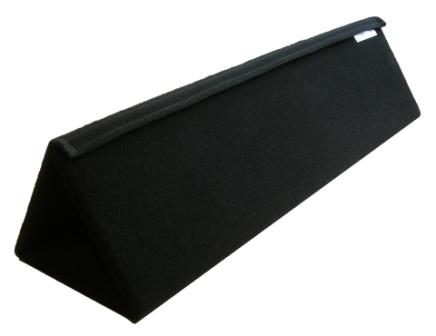

Self-standing two sided board to be used as a manual communication aid. Options: 25 self-adhesive Velcro 'hook' dots.
Ability World Ltd
Manufacturer's Product Description
Ability Boards are high quality, velcro-friendly portable communication / choice / display boards in a range of sizes: - Covered with durable 'nylon loop' fabric, to which you can attach paper, laminated flash cards and other items using 'hook' dots - Ready to use - each Ability Board is supplied with 25 self-adhesive Velcro 'hook' dots: simply attach a dot to the back of the item you want to display and place on board - Easy to store - they fold flat when not in use - Versatile and flexible - you can quickly rotate the board or reverse the displayed surfaces to change activities - Portable - Cleanable - the inner plastic board won't harm if it gets wet - Made in Britain and delivered to you within 3-5 working days of receiving your order
Manufacturer's Contact Details
Ability World Ltd
43 Svenskaby
Orton Wistow
Peterborough
Cambridgeshire
PE26YZ
UK
03454747245 enquiries@ability-world.comKey Features
- covered with durable 'nylon loop' fabric, to which paper, laminated flash cards and other items can be attached using 'hook' dots
- folds flat when not in use
- board can be rotated or reversed to change activities being displayed
Product Dimensions
| Dimensions | |
|---|---|
| Length | 60; 60cm |
| Width | 40; 15cm |
Product Specification
No product specification has been specified.